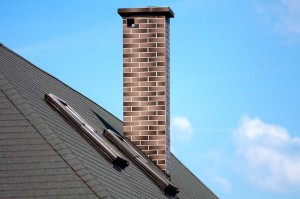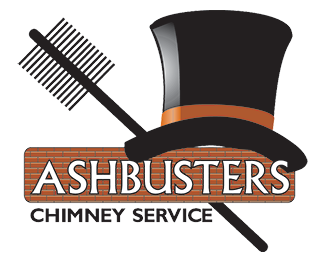Creosote and soot build up in a chimney over time and a chemical chimney cleaner may be used to loosen these deposits. However, this product may not be enough to clean the chimney and some can harm certain flue materials. The best approach is to have a professional clean the chimney because this will prevent chemical damage and get the chimney as clean as possible.

A chimney should be inspected annually to determine whether cleaning is required. The Chimney Safety Institute of America (CSIA) recommends sweeping an open masonry fireplace when 1/8-inch of sooty buildup has developed. If the system contains a glaze, cleaning should be conducted sooner. This small amount of buildup can lead to a chimney fire that can damage the chimney and possibly, the home.
The CSIA introduced a Product Acceptance Policy in 1997. A product must receive a new approval each year in order to continue using the CSIA Accepted Product logo. Included on the list of CSIA Accepted Products is the CSL, Creosote Sweeping Log. This product treats and reduces existing creosote in a chimney and reduces new creosote buildup. However, it is not intended to replace annual chimney inspection and cleaning by a professional.
This log burns for approximately 90 minutes and creates smoke that is charged with additives. These substances rise and attach to creosote deposits in the chimney, reducing them or rendering them less likely to create a chimney fire. The additives continue to provide the chimney with treatment during each fire burnt over the next one to two weeks.
Fireplace owners should consider using the Creosote Sweeping Log to reduce the thickness, weight, and flammability of creosote in the chimney. In addition, they should have their chimneys inspected annually by certified chimney sweeps. If creosote has built up to an unsafe level, these professionals will clean the area using the most effective equipment available.
